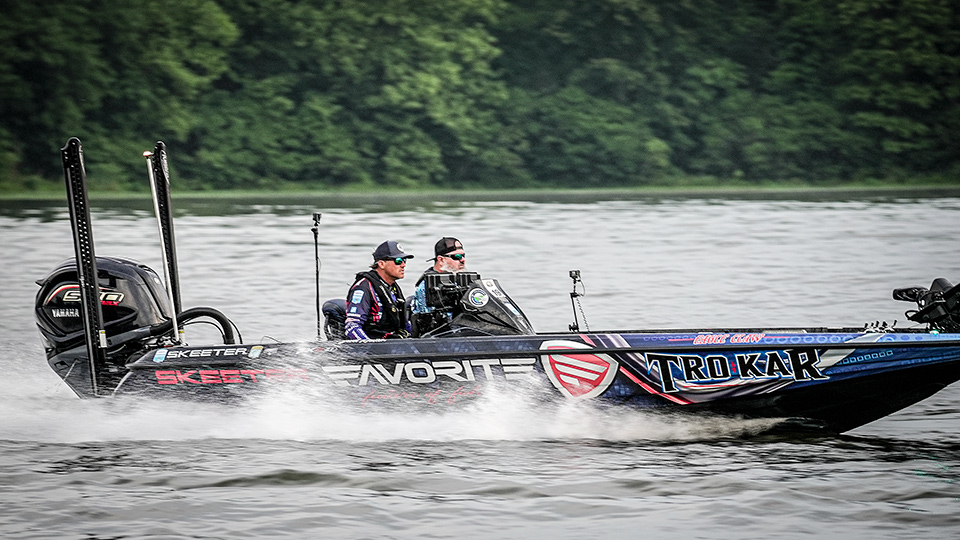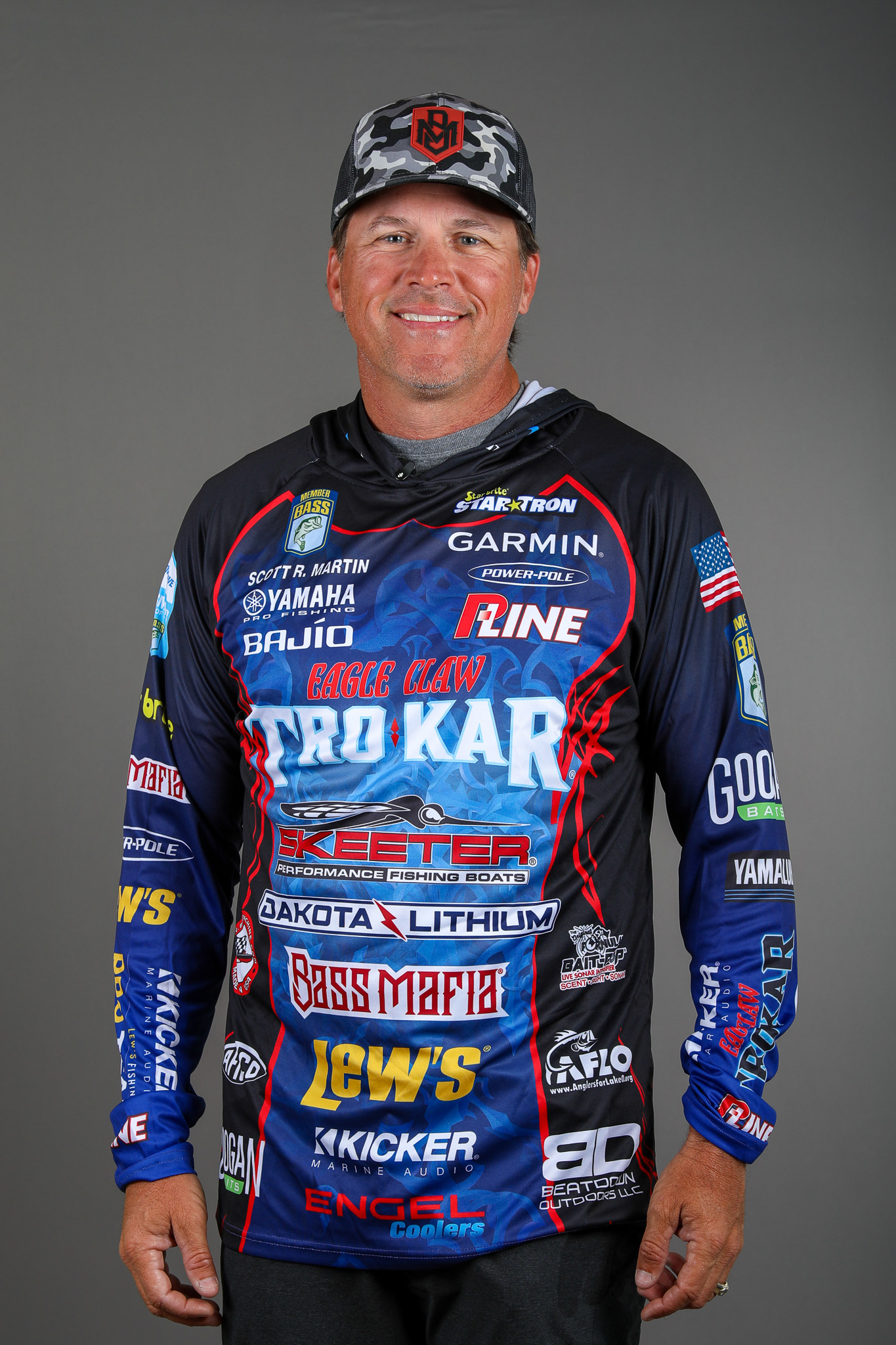
This week’s Bassmaster Elite Series stop on the Sabine River may well turn out to be one of the year’s hottest events. Living in South Florida, that’s nothing new to me, but fishing in extreme heat definitely impacts the outcomes.
In my experience, it all depends on the fishery. If it’s a shallow fishery like the Sabine, when the water temperatures rise, the things you have to look for are current and depth. It doesn’t have to be “deep” — you just need to have the volume of water to flow.
The other thing I look for is shade. I you can find current, a little bit of deep water nearby and shade at the same time, that’s the recipe for success.
In this type of fishery, current could be caused by wind, tides from the Gulf of Mexico or rain runoff. The last day of practice, we had about 3 inches of rain in one hour.
Along with current, rain runoff lessens the salinity in the areas near the Gulf. When this happens, the salt line will get pushed down because of all the freshwater runoff. Some of the fish might spread out more and get a little closer to the Gulf.
As for the shade elements, cypress trees are one of the river’s most abundant structures. Shallow vegetation also contributes shade, so you always want to be on the lookout for lily pads, eel grass and any other aquatic plants that block sunlight.
One thing that’s important to consider during these hot-weather events is, those fish are going to feed heavily from daylight until about 9:30 or 10. When that water temperature starts to rise, the bites slows down and fish start to hunker down in those shady areas.
Typically, I’ll throw a moving bait like spinnerbaits and topwaters early, then I’ll flip and pitch cover during the hottest hours of the day. Later in the afternoon when it starts to cool off, I’ll start throwing those moving baits again.
Something else that’s important on tidal fisheries is timing. You could literally fish through a very productive area on the wrong tide and think, “There’s not a bass here; this is no good.” But it was all based on when you were there.
Every spot is different, but typically, at the tide switch — from high to outgoing and low to incoming — are the toughest, because there’s very little water movement until the next cycle starts. I’ll flip and pitch a lot more during those periods because I’m really just trying to get it around fish.
These are the times when you can throw lighter weights. When the tide is moving, you’re going to fish moving baits or Texas-rigged plastics with heavier weights.
Along with the fishing considerations, you can’t forget to take care of yourself. Long, hot days on the water can be physically challenging, so you have to protect yourself from the harsh sunlight and heat. I wear AFTCO sun hoodies and face shields because keeping the sun off your skin is super important.
Obviously, drinking plenty of water is a must, but don’t hesitate to give yourself a break. If the heat’s getting to you and you feel your focus and your accuracy is suffering, pull over to a shady area, take a time out, drink some fluids and get your head back in the game.
You can do anything about the heat, but how you deal with it determines how your day will go.





